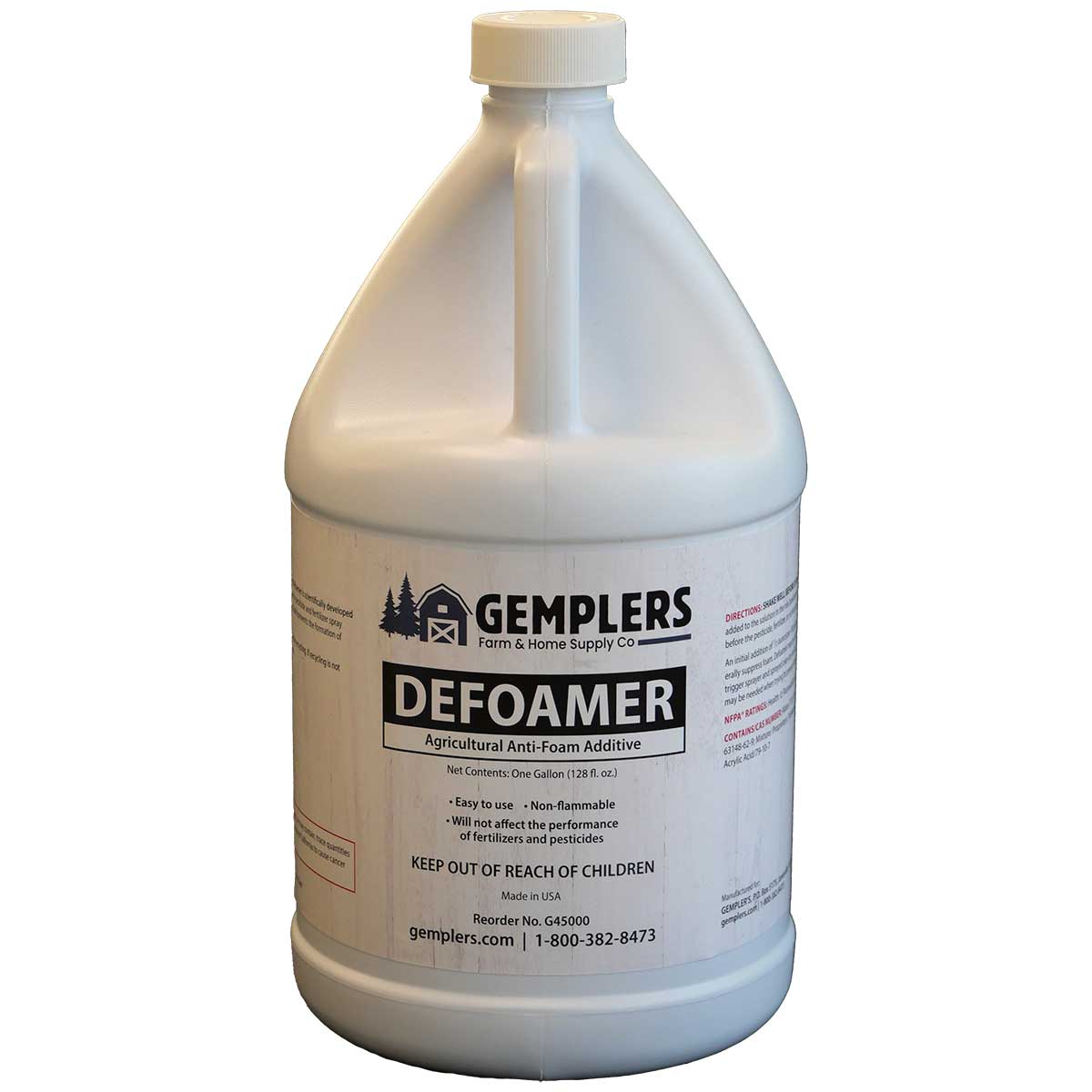How Defoamers Enhance Efficiency in Manufacturing and Production
Discover the Leading Benefits of Making Use Of Defoamers in Industrial Processes
The utilization of defoamers in commercial procedures provides a series of compelling advantages that can boost operational efficiency and product quality. By successfully regulating foam production, these representatives not just optimize material flow yet additionally add to considerable price reductions and boosted sustainability. Their application spans several industries, which questions regarding their duty in mitigating ecological influence while ensuring constant result. Recognizing these benefits is essential for industries aiming to refine their processes. The effects of adopting defoamers might be a lot more profound than at first perceived. What specific advantages could your organization harness?
Boosted Refine Efficiency
Maximizing commercial processes frequently includes dealing with frothing issues, which can hinder functional effectiveness. Foam development can hinder the appropriate functioning of devices, lower the efficient use of resources, and complicate the tracking of crucial criteria. By executing defoamers, industries can effectively alleviate these problems, resulting in structured procedures and improved performance.
Defoamers work by destabilizing the foam framework, enabling fast collapse and significant reduction in foam volume. This action not just boosts the circulation of products via tools, such as mixers, pipes, and reactors, but likewise reduces disruptions brought on by foam overflow. Consequently, tools downtime is decreased, permitting a much more efficient and constant production process.
In addition, making use of defoamers can result in reduced power usage. With much less foam to handle, pumps and compressors can operate much more efficiently, causing reduced operational prices and a total enhancement in process throughput. Ultimately, the critical use defoamers not only addresses instant lathering challenges but additionally adds to a more efficient industrial ecosystem, fostering a competitive benefit in a requiring market.
Improved Product High Quality
The assimilation of defoamers in industrial processes plays an important duty in boosting item top quality. By effectively regulating foam development, defoamers add to the consistency and harmony of end products. Excessive foam can lead to aeration, which negatively impacts the texture and stability of solutions, particularly in industries such as food and pharmaceuticals, beverages, and coatings.

Moreover, defoamers help with far better blending and diffusion of components, bring about homogeneity in formulations. This is necessary in applications where precise active ingredient ratios are essential for efficiency and safety. Furthermore, the elimination of foam can lower the danger of contamination throughout manufacturing, more protecting product honesty.
Inevitably, by boosting item top quality, defoamers not just boost consumer contentment yet additionally reinforce brand reputation. Their duty in maintaining premium criteria emphasizes their relevance in contemporary industrial processes.
Expense Decrease Advantages
Implementing defoamers in industrial procedures can cause substantial cost decrease benefits. By effectively managing foam formation, defoamers decrease product loss throughout production, consequently optimizing material use. This decrease in waste equates straight right into lower raw material expenses, enhancing total functional performance.
In addition, using defoamers can lower energy intake. Extreme foam can impede devices performance, resulting in raised power needs to maintain manufacturing degrees. By reducing foam, defoamers help with smoother operations, allowing equipment to run much more effectively and lowering power expenses.

Furthermore, defoamers can reduce processing times. Foam can produce extra challenges that lengthen production cycles. By utilizing defoamers, industries can simplify their processes, causing faster turn-around times and improved throughput. This performance not only accelerates manufacturing however also permits business to meet market needs extra quickly.

Environmental Impact Mitigation
In commercial procedures, using defoamers plays a vital duty in mitigating ecological effects connected with foam generation. Foam can bring about considerable functional ineffectiveness, causing increased emissions and waste generation. By efficiently regulating foam, defoamers help preserve process performance, thereby decreasing the overall ecological footprint of procedures.
Moreover, too much foam can overflow containment systems, leading to spills that might infect dirt and water resources. Defoamers assist decrease this risk by guaranteeing that foaming does not go beyond recommended restrictions, advertising compliance with environmental regulations. This proactive technique not only safeguards ecological communities yet likewise enhances the sustainability of industrial practices.
Furthermore, making the original source use of defoamers can lower power intake in numerous procedures. defoamers. Decreasing foam development lessens the demand for added energy-intensive steps, such as enhanced agitation or pumping, which might otherwise be required to take care of foam. The adoption of defoamers straightens with broader sustainability objectives by advertising energy efficiency while reducing the carbon footprint of commercial tasks.
Ultimately, incorporating defoamers into commercial procedures is a strategic measure that sustains ecological stewardship and liable resource monitoring.
Flexibility Across Industries
Across various markets, defoamers demonstrate remarkable versatility, adjusting to the certain needs of varied applications. In the food and drink sector, as an example, defoamers are critical to preserving sites product top quality by stopping foam development during handling, which can affect structure and flavor. Similarly, in the pharmaceutical market, defoamers guarantee the stability of formulas, enhancing item efficacy and consistency.
In the chemical production world, defoamers help with smoother procedures by lessening foam in reaction vessels, hence boosting return and reducing downtime. The paper and pulp sector depends on defoamers to improve the effectiveness of pulp handling and paper production, making certain optimal product stability. In addition, in wastewater treatment centers, defoamers play a crucial duty in regulating foam during aeration processes, resulting in enhanced treatment end results.
The versatility of defoamers reaches the oil and gas market, where they aid in handling foam in exploration fluids and production processes. By tailoring solutions to satisfy particular market requirements, defoamers function as crucial devices that boost functional performance, item high quality, and general process efficiency throughout a multitude of industries. Their adaptability highlights their value in modern-day industrial applications.
Verdict
Finally, the application of defoamers in industrial processes presents various advantages, consisting of improved efficiency, improved item top quality, significant price decreases, and favorable environmental impacts. Their capacity to properly regulate foam development adds to functional connection and resource optimization. The adaptability of defoamers across varied markets highlights their important duty in promoting lasting techniques and profitability. The combination of defoamers stands for a critical strategy to resolving difficulties associated with foam monitoring in various making atmospheres.
Eventually, the strategic use of defoamers not just addresses immediate foaming obstacles yet additionally adds to a more efficient commercial community, fostering a competitive benefit in a requiring market.
In commercial procedures, the usage of defoamers plays an essential function in mitigating ecological influences linked with foam generation. By properly controlling foam, defoamers assist preserve procedure efficiency, therefore reducing the total ecological impact of operations.
Furthermore, in wastewater therapy facilities, defoamers play a vital role in managing foam Bonuses during oygenation processes, leading to enhanced treatment outcomes.
